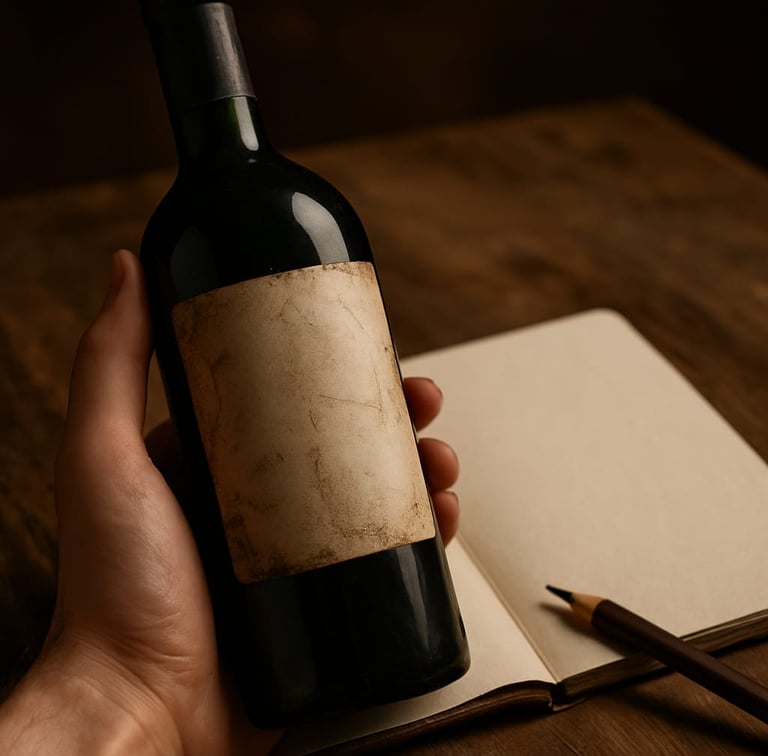
Icon Wines
What Do the Truly Great Ones Have That Others Can’t Replicate?
7/24/2025


Introduction: Being Desired Is Not the Same as Being Remembered
In the world of fine wine, the word “icon” is used often—but rarely with precision. An iconic wine is not simply the one that costs the most, nor the one that appears in every ranking. A truly iconic wine transcends its category. It is not only admired: it is a reference.
The key question that many wineries ask themselves—and that few dare to answer honestly—is this: What turns a wine into a cultural symbol that no one can replicate, even if they imitate its visible elements?
The answer is not in the terroir, nor in the label, not even in technical quality. It lies in a set of profound attributes, built in layers, over time, and with an unwavering vision.
Aura: The Intangible That Creates Cult Status
All iconic wines have something that cannot be defined with a technical sheet: an energy, a mystique, a gravitational pull. That “something” arises from a radical coherence between origin, narrative, leadership, and positioning. It cannot be bought or manufactured. It is built.
Aura is perceived in how the wine is spoken about, in the emotion it stirs in the person who opens it, in the reverence with which it is mentioned even before tasting.
Romanée-Conti (France) needs no advertising. It is legend.
Sassicaia (Italy) created an entire category: the Super Tuscans.
Pingus (Spain) was born with a singular narrative it never abandoned: minimal production, maximum conviction.
What unites them is not price, but the symbolic weight they carry. Their name says more than their label. That is the power of aura.
Foundational Vision: Behind Every Icon, There Is an Uncompromising Idea
Truly great wines are not born from the market, but from a founding obsession. A vision that does not seek to please, but to express.
At Château Rayas (Châteauneuf-du-Pape), Emmanuel Reynaud continues to vinify the old-fashioned way—in silence, without visits, without social media. And his wine—delicate, out of fashion, inimitable—is one of the most sought-after in the world.
At Clos Mogador (Priorat), René Barbier Sr. was a pioneer in reviving a forgotten region, without compromising its sensory language.
That vision—sometimes eccentric, always firm—is what gives the wine its narrative structure. Because an icon is not built with marketing strategies: it is built through uncompromising decisions, with years of saying “no” to what might work but doesn’t represent.
Time and Consistency: Without Trajectory, There Is No Myth
You cannot become an icon in five years. Symbolic status requires time, repetition, consistent validations across generations.
Vega Sicilia (Spain) has upheld a sober, elegant, and constant discourse for more than a century. It never fell into the temptation of accelerated expansion.
Dom Pérignon (France) has cultivated a narrative of evolution and mysticism around each vintage, building an editorial story with every release (P1, P2, P3).
Château Latour (France) voluntarily withdrew from the en primeur system. It waits. It releases its wines when they are ready—not when the market demands it. That gesture is a manifesto.
The icon needs time because the market needs time to understand it.
Inimitability: What Can’t Be Copied Is What Matters Most
You can replicate a label, a heavy bottle, a high price. But you cannot replicate deep coherence. A wine becomes iconic when its experience is unrepeatable. Not because it is rare, but because it is unique in how it integrates place, person, story, texture, ageing, and emotion.
An iconic wine has no followers. It has devotees. And that is not achieved by technique alone: it is built with soul.
Conclusion: The Wine That Cannot Be Forgotten Is the One That Cannot Be Put into Words
The true icon wine does not need to convince us. It challenges us, overwhelms us, invites us to become part of something greater than ourselves.
🍷 Not all wines are born to be icons. But every fine wine brand can learn from them: how to build identity, how to resist opportunism, how to leave a mark that the market cannot erase.

